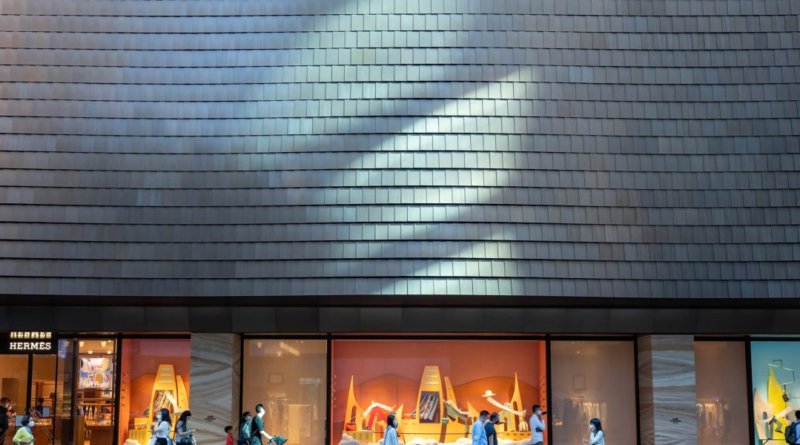Hermès looks to raise prices as wealthy shoppers continue splurging on Birkin and Kelly bags, driving sales up 21% last year
It’s been tricky to get a read on how luxury spenders have been thinking lately—sales slowed for the likes of French behemoth LVMH mid-last year, and then bounced back, while Gucci-owner Kering has struggled to clock in growth during the same period.
But one company has managed to defy a perceived slowdown in the luxury industry, as shoppers appeared to finally succumb to inflationary pressures after they spurred rapid growth during COVID-19 lockdowns.
Paris-based Hermès, which sells its high-end bags and accessories into a broad global market, was the rare outlier when it beat analyst expectations in the third quarter of 2023 while its rivals were reeling from easing spending.
It continued to see strong demand towards the end of 2023, with sales surging 18% to €3.36 billion ($3.62 billion) in the last three months of the year in constant exchange rate terms, Hermès said in its earnings report Friday. The group’s full-year revenue was up 21% compared to 2022.
“These solid results reflect the strong desirability of our collections and the commitment and talent of the house’s women and men,” the company’s executive chairman Axel Dumas said in a statement.
All of Hermès’s key segments—from leather goods to silk and textiles—grew over 10% in the fourth quarter. The brand also recorded strong performances in regions like America that have been pain-points for other luxury players.
Seeing as consumers continue to opt for Hermès’s luxury goods despite a cost-of-living crunch, the brand is looking to press on with price increases of 8% to 9% globally in the current year, Dumas told reporters, according to Reuters.
The maker of Birkin and Kelly bags has resorted to price increases for several years now—even before 2023 kicked off, Hermès’s CFO Eric du Halgouet announced an increase in prices by 5-10% as a way to hold on to pricing power amid consumers’ unyielding appetite for its luxury goods. Other luxury brands often hike prices as a way to offset elevated manufacturing costs or to double-down on high-performing segments.
The French luxury company’s results come just after some of its competitors reported mixed results—with Dior-parent LVMH growing in the fourth quarter of 2023, while Burberry lowered its profit forecast for the last year because of “further deceleration” in December sales.
Hermès shares were up nearly 5% at 11 a.m. GMT. Its shares have surged about 28% in the last year.
The Hermès factor
Hermès has performed consistently—and sometimes, even outperformed its peers—in an industry that saw a pandemic-era spending boom followed by a lackluster demand from the key Chinese market and later, a slowdown in other parts of the world due to economic volatility. That’s been a source of optimism for market watchers—it also got Morgan Stanley to upgrade its rating of Hermès’s stock, Bloomberg reported.
Morgan Stanley analyst Edouard Aubin wrote in a note this week: “While we expect most personal luxury-goods brands to face subdued demand and have limited pricing power over the next 18 months at least, Hermès stands out.”
A number of things are working in favor of Hermès, Aubin said in the note. First, Chinese consumers, who are part of the luxury brand’s biggest revenue-driving geography, are cutting purchases from more affordable brands in favor of Hermès’s high-end products. Second, since Hermès caters to affluent shoppers, their consumers are hurt to a lesser extent by economic turbulence.
Hermès has also stuck to its classic designs and exclusive brand status within the luxury market, which has helped it create a niche of its own. The French company has also fared better than some of its peers who rely heavily on travel to boost spending, whereas Hermès’s clientele is largely local to each country.
“Hermès is playing in a different league,” JPMorgan analysts said in a note.



